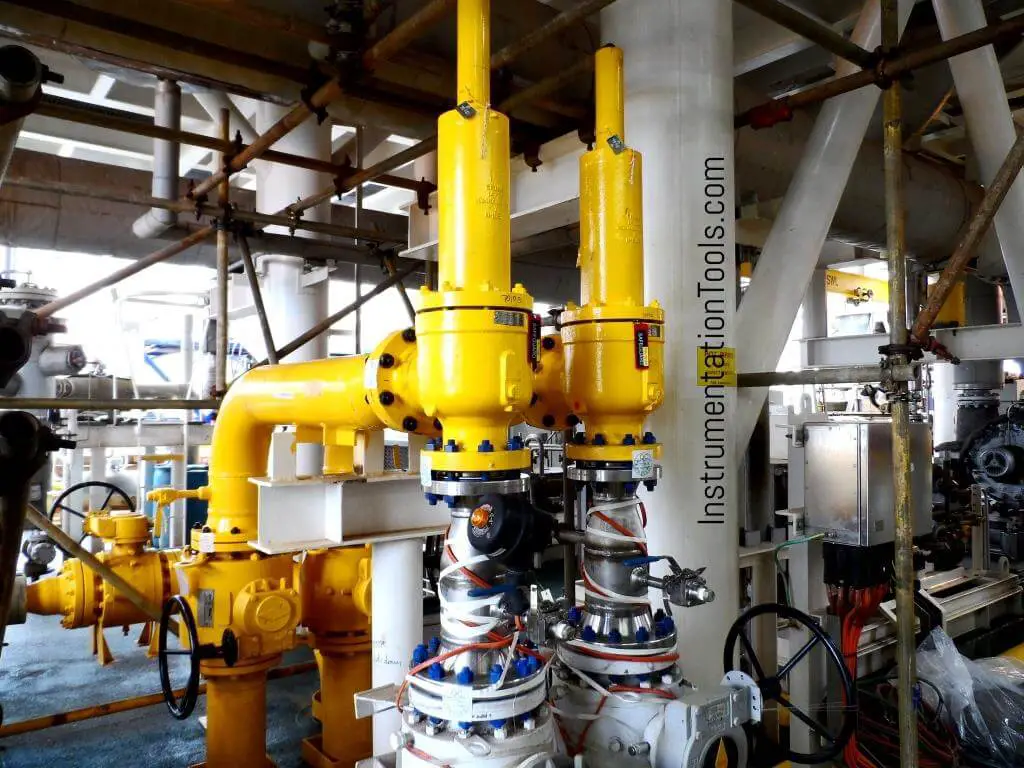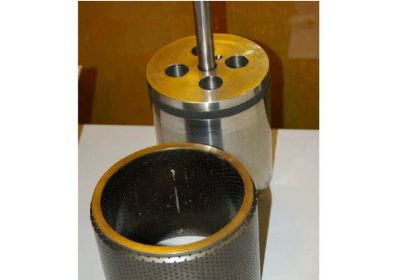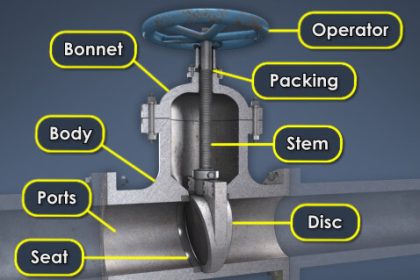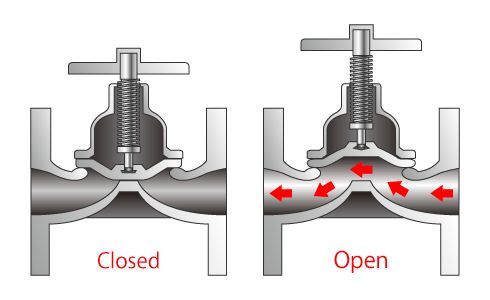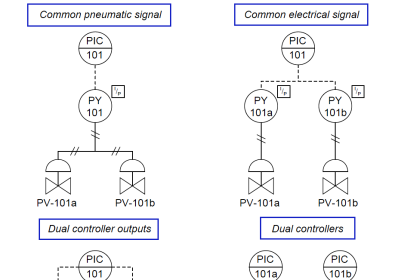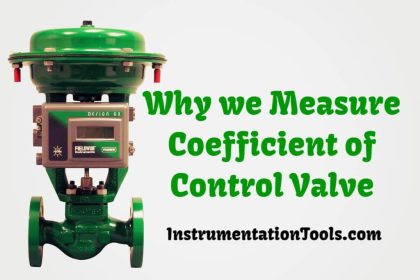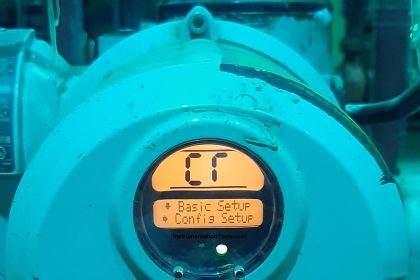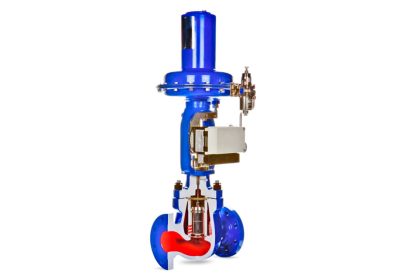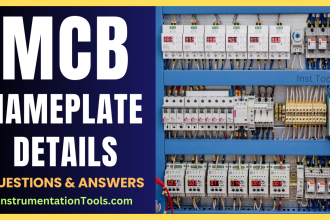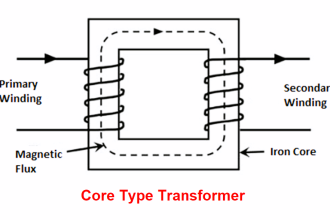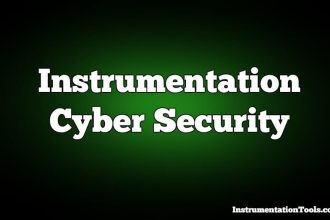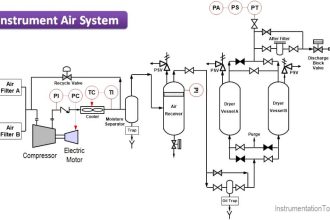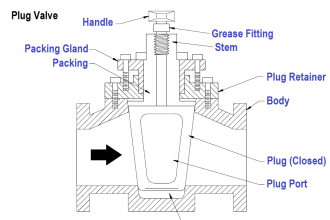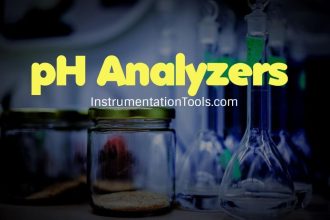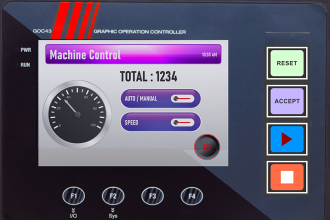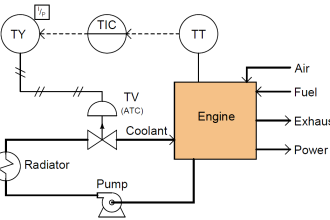Here we shall learn about Pressure Relief Valve basic terminology and types of PRV used in industrial process control.
Pressure Relief Valve
Pressure Relief Device
It is designed to open during an emergency or abnormal conditions. It is actuated by inlet pressure.
Spring Loaded Pressure Relief Device
It is designed to automatically close to prevent the flow of fluid.
Relief Valve
It is used for Incompressible fluids.
Safety valve
It is used for Compressible fluids.
Actual Discharge Area
The measured net area that determines the flow through a valve.
Curtain Area
Area of cylindrical or conical discharge opening between seating surfaces above the nozzle seat created by lift or disk.
Effective Discharge Area
Equivalent Flow Area computed of a relief valve. (Less than Actual Discharge Area)
Huddling Chamber
Annular Pressure chamber in the valve located beyond the seat for rapid opening.
Lift
Actual travel of the disk from its closed position.
Maximum Operating Pressure
Maximum expected pressure during operation.
Maximum Allowable Working Pressure (MAWP)
At a designated temperature, maximum gauge pressure that is allowed at the top of the vessel. (Basis for pressure setting of relief devices)
Design Gauge Pressure
It refers to the most coincident temperature and pressure during operation. (<= MAWP)
Accumulation
Pressure increase over MAWP during discharge through a relief device.
Set pressure
Inlet gauge pressure at which relief device is set to open.
Overpressure
Pressure increase over set pressure of relief device.
Back Pressure
The pressure which exists at the discharge of the relief device. (Super-Imposed + Built-up)
Built-up Back Pressure
Increase in pressure in the discharge header as a result of flow after the device opens. (friction loss is a type of backpressure)
Super-Imposed Back Pressure
Static pressure that exists at the outlet of relief device at the time it is required to operate. (Constant or Variable)
Blowdown
Difference between the set pressure and closing pressure of the relief device. (expressed as % of set pressure)
Operating Pressure
The value of increasing static pressure at which there is the measurable lift of the disk.
Closing Pressure
The value of decreasing static pressure at which disk comes at the seat and lift becomes zero.
Types of Pressure Relief Valve
The following are the general types of pressure relief valves (PRV) are as follows.
1. Conventional Pressure Relief Valve
It is a spring-loaded valve whose performance characteristics are directly affected by changes in the backpressure of the valve.
2. Balanced Bellow Pressure Relief Valve
It is a spring-loaded valve that incorporated the means for minimizing the effect of Back Pressure on the performance characteristics.
3. Pilot-operated Pressure Relief Valve
It is a pressure relief valve in which the main valve is combined with and controlled by an auxiliary pressure relief valve.
Rupture Disk
A rupture disk is a non-reclosing differential pressure relief device that is designed to function by bursting the pressure-containing rupture disk. It includes a rupture disk and a rupture disk holder.
Interest to add any further points? Share with us through below comments section.
Author: Kalpit Patel
Read Next:
- Control Valve Accessories
- Three Way Valve Manifold
- Testing of Solenoid Valve
- Solenoid Manual Override
- Valve Safety Factor
